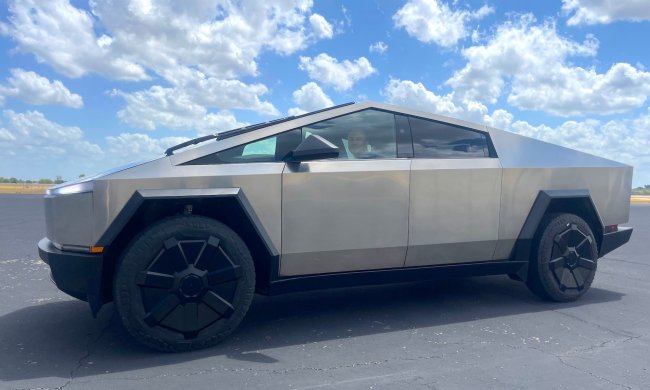Tesla’s Autopilot driver aid can only be used on highways, partly because the system can’t identify traffic lights or stop signs. But Tesla CEO Elon Musk said the automaker is working on that, potentially paving the way for Autopilot’s use on surface streets.
“We’re working super hard on getting traffic lights and stops released,” Musk tweeted in response to a user’s question, adding that, “Reverse Summon (auto park) will be part of the core Autopilot software upgrade for FSD [Full Self-Driving] this year.”
Summon is Tesla’s automated parking feature. It currently allows a car to pull out of parking space and drive a few yards at slow speeds. As the name suggests, the reverse feature would allow cars to back up as well. Hyundai unveiled a similar feature for the 2020 Sonata, but other automakers have not adopted this tech, which is designed to let cars park in spaces without enough clearance to open the doors.
Tesla already lists the ability to “recognize and respond to traffic lights and stops signs” and “automatic driving on city streets” as “upcoming” options on its website. The automaker currently has two levels of driver assist. The basic Autopilot system allows cars to steer, accelerate, and brake while staying in a single lane. Full Self-Driving Capability (a misleading name, as the system still requires an attentive human driver) adds the ability to automatically negotiate highway on-ramps and off-ramps, automatic lane change, auto parking, and Summon.
The ability to recognize traffic lights and stop signs would put Tesla ahead of rival driver-assist systems, such as Cadillac’s Super Cruise. But it’s unclear how Tesla plans to do that. Teaching a car’s computers to identify specific objects is tricky, as variations and the quality of images can cause problems.
Some companies have begun using so-called V2X technology to allow cars to recognize traffic lights. Audi even has a feature that tells you when lights will change. But this requires both cars and traffic lights to be equipped with the necessary hardware. Audi’s system is only active in a handful of cities, which have V2X-equipped infrastructure and have agreed to share data with third parties.


